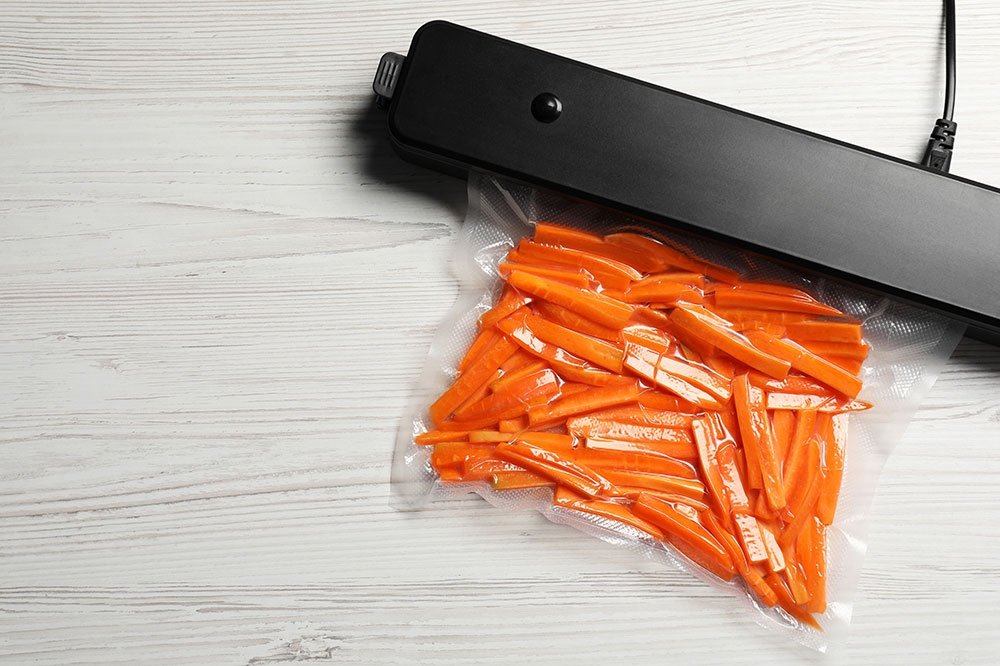6 handy tips for using food vacuum sealers

In residential and commercial kitchens, vacuum sealers take on the task of keeping food fresh. These devices remove air from specially designed bags, creating a sealed environment that prevents spoilage. Their role goes beyond just extending the shelf life of food; the sealers preserve the natural flavor, texture, and nutrient content of the food. Further, they can minimize food waste and simplify freezer organization. Here is how to make the most of food vacuum sealers:
1. Remove excess moisture
The first rule of vacuum sealing is to start with ingredients that are as fresh and dry as possible. Moisture can cause sealing issues and compromise the quality of the food. Patting down excess moisture on meats, vegetables, and fruits with a paper towel can help prevent food degradation.
2. Prevent freezer burns
Here, proper food packaging can keep freezer burns at bay. When sealing foods that are to be placed in the freezer, one should opt for double-sealing and specialized freezer bags. This prevents air from reaching the food and damaging it in the freezer.
3. Pre-portion food
Portioning the food before vacuum sealing it can help one grab individual bags as and when required. One should also aim for uniform portion sizes and corresponding bags, whether they are storing individual or family-size servings. This not only eases the sealing process but also brings some organization to the freezer.
4. Avoid overfilling the bags
When vacuum sealing food, it is important to leave some space between the food and the top edge of the bag. Leaving a bit of breathing space for the food ensures a secure seal.
5. Fold the bags gently
The way the bag is folded before sealing can make all the difference. One should opt for a gentle fold, avoiding sharp creases that might interfere with the sealing process.
6. Let the bags thaw before use
When the time comes to free the vacuum-sealed food from the freezer, embrace the gentle thawing ritual. Transfer the sealed bag to the refrigerator for a slow thaw, allowing the flavors to be restored without the shock of rapid temperature changes.
















